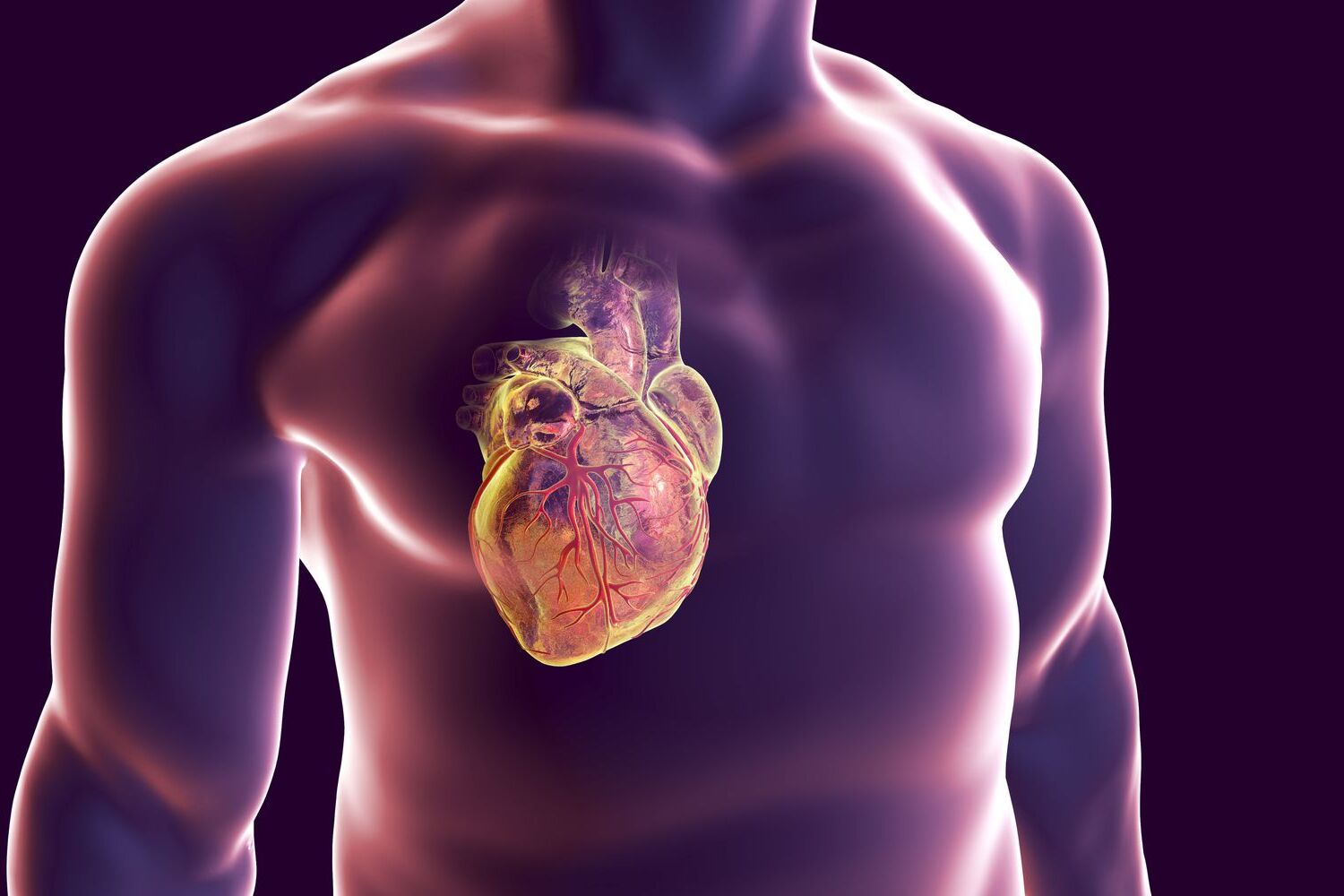
Ever wondered how blood travels through your body? The arterial anatomy plays a crucial role in this journey. Arteries are like highways for your blood, carrying oxygen-rich blood from the heart to every part of your body. These vessels are strong, flexible, and essential for keeping you alive and kicking. From the aorta, the largest artery, to the tiny arterioles, each part has a unique function. Understanding arterial anatomy can help you appreciate how your body works and why it's important to keep your arteries healthy. Ready to learn some amazing facts about these vital blood vessels? Let's dive in!
Key Takeaways:
- Arteries are like highways for oxygen-rich blood, with special arteries for different body parts. Keeping them healthy with exercise and a good diet is crucial for overall health.
- Arteries have evolved to meet the unique needs of different animals, from fish to giraffes, showing how amazing and adaptable the human body is.
Understanding Arterial Anatomy
Arteries are crucial blood vessels that carry oxygen-rich blood from the heart to various parts of the body. Their structure and function are vital for maintaining overall health. Let's dive into some fascinating facts about arterial anatomy.
- Arteries have thick, muscular walls to withstand high pressure from the heart's pumping action.
- The aorta is the largest artery in the body, originating from the left ventricle of the heart.
- Arteries branch into smaller vessels called arterioles, which further divide into capillaries.
- The pulmonary arteries are unique as they carry deoxygenated blood from the heart to the lungs.
- Coronary arteries supply blood to the heart muscle itself, ensuring it receives enough oxygen and nutrients.
Major Arteries in the Human Body
Several major arteries play key roles in circulating blood throughout the body. Each has a specific function and location.
- The carotid arteries supply blood to the brain, neck, and face.
- The subclavian arteries run under the collarbone, providing blood to the arms and chest.
- The renal arteries deliver blood to the kidneys, essential for filtering waste from the blood.
- The femoral arteries are the main blood supply to the lower limbs.
- The brachial artery, located in the upper arm, is commonly used to measure blood pressure.
Arterial Health and Disease
Maintaining healthy arteries is crucial for preventing cardiovascular diseases. Various factors can affect arterial health.
- Atherosclerosis is a condition where plaque builds up inside the arteries, narrowing them and restricting blood flow.
- High blood pressure can damage arterial walls, making them more susceptible to plaque buildup.
- Smoking is a major risk factor for arterial diseases, as it damages the lining of the arteries.
- Regular exercise helps keep arteries flexible and promotes healthy blood flow.
- A diet rich in fruits, vegetables, and whole grains supports arterial health by reducing cholesterol levels.
Interesting Facts About Arterial Function
Arteries do more than just transport blood; they play a dynamic role in the circulatory system.
- Arteries can constrict or dilate to regulate blood pressure and flow.
- The elasticity of arterial walls allows them to absorb the pressure from each heartbeat.
- Arterial pulse can be felt in various parts of the body, such as the wrist and neck.
- The endothelium, a thin layer of cells lining the arteries, helps regulate blood clotting and immune function.
- Arteries work in tandem with veins, which return deoxygenated blood to the heart.
Evolution and Adaptation of Arteries
Arterial anatomy has evolved to meet the demands of different organisms and environments.
- In fish, arteries transport blood directly from the heart to the gills for oxygenation.
- Birds have highly efficient arterial systems to support their high metabolic rates during flight.
- Mammals have a four-chambered heart, allowing for the separation of oxygenated and deoxygenated blood in the arteries.
- Some animals, like giraffes, have specialized arteries to manage the high blood pressure needed to pump blood up their long necks.
- Evolution has led to the development of various arterial structures to optimize blood flow and oxygen delivery in different species.
The Heart of the Matter
Understanding arterial anatomy isn't just for doctors. Knowing how arteries work helps everyone appreciate their own health. Arteries carry oxygen-rich blood from the heart to the rest of the body, making them vital for survival. The aorta, the largest artery, branches into smaller arteries, ensuring every cell gets the oxygen it needs.
Keeping arteries healthy means eating right, exercising, and avoiding smoking. Plaque buildup can lead to atherosclerosis, causing heart attacks or strokes. Regular check-ups can catch problems early, making treatment easier.
So, next time you feel your pulse, remember the amazing network of arteries working tirelessly. Stay informed, stay healthy, and give your arteries the care they deserve.
Frequently Asked Questions
Was this page helpful?
Our commitment to delivering trustworthy and engaging content is at the heart of what we do. Each fact on our site is contributed by real users like you, bringing a wealth of diverse insights and information. To ensure the highest standards of accuracy and reliability, our dedicated editors meticulously review each submission. This process guarantees that the facts we share are not only fascinating but also credible. Trust in our commitment to quality and authenticity as you explore and learn with us.
